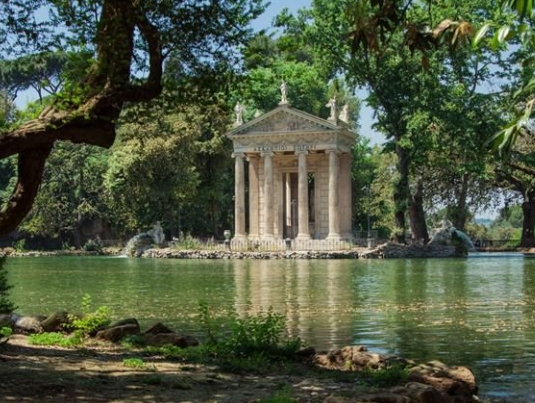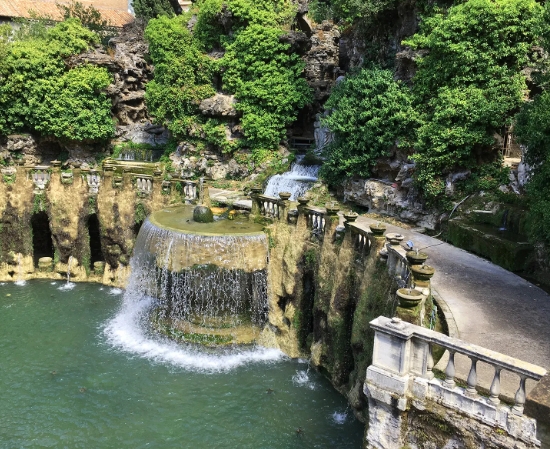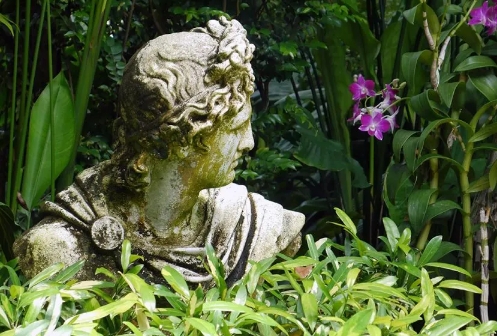Ancient Greek garden design was deeply influenced by philosophy, religion and art, and focused on the harmonious coexistence of man and nature. The Greeks expressed their awe of nature and pursuit of beauty through garden design. In these ancient Greek gardens, sculptures, plants and architectural elements blended together to create tranquil and elegant outdoor spaces for people to think, relax and communicate.
Sculptures played an important role in ancient Greek garden design. In particular, the Greek goddess garden statue often appeared in the core area of the garden. These goddess statues are not only a manifestation of art, but also a symbol of religious belief. Typical goddess statues such as Athena or Aphrodite not only show the power and beauty of mythological characters, but also add a sacred and noble atmosphere to the garden. Placing these statues next to the fountain or in the center of the garden not only enhances the artistic sense of the garden, but also fills the entire space with a classical atmosphere.
Another feature of ancient Greek garden design is the pursuit of geometric symmetry. Through neatly trimmed shrubs, neatly arranged colonnades and statues, the garden presents a sense of order and harmony. This design concept has been deeply influenced by the garden design of later generations and has been applied to modern gardens.


